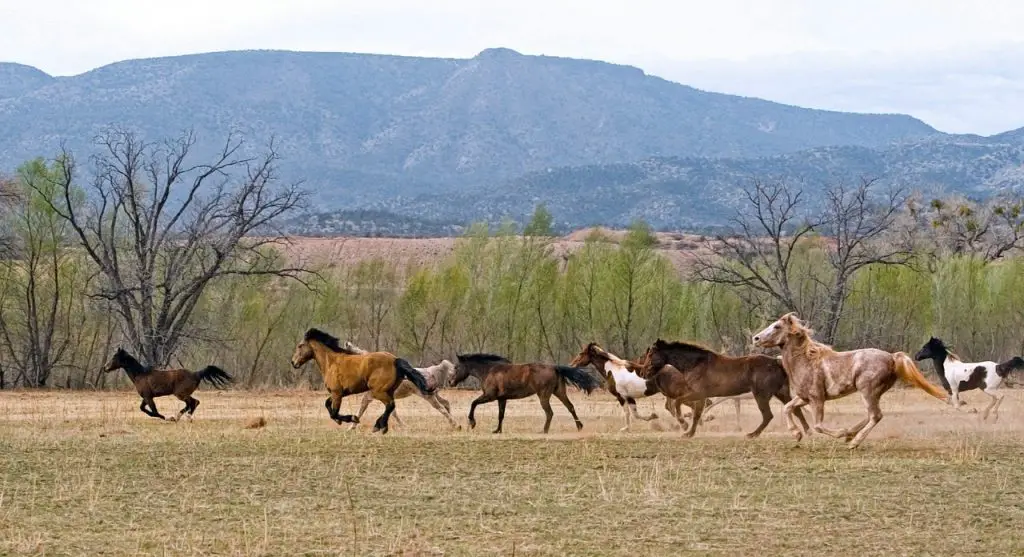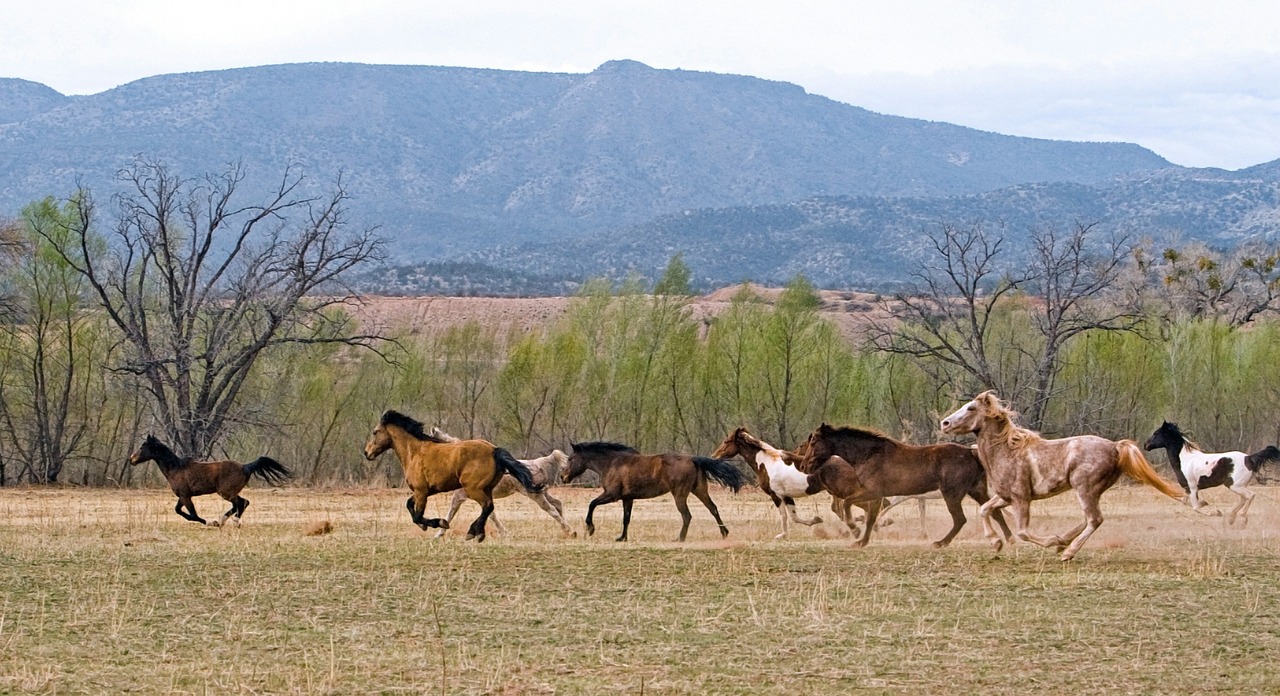Last Updated on March 29, 2022 by Allison Price
A wild horse (or burro), is defined under United States Law as either a horse (or burro (descendants), that was discovered on public land in 1971, following the passage of the Wild Free Roaming Horse and Burro Act of 1972. The term “wild horse” is a controversial one.
The Equus horse, which we all know today, was born in North America. Many believe that horses brought in by the Spanish, as well as animals brought in by settlers, helped to repopulate North America.
Equus lambei, the Yukon horse, was one of the most remarkable discoveries. This evolved, smaller, equid lived in Alaska, Yukon, and Northwest Territories. (Yukon horse looks like Preswalski’s horse).
Update: Very exciting news came from the Permafrost at the end of 2021. New technologies have shown that wild horses were not extinct in North America over 10,000 years ago. The timeline is much shorter. ( Find out more
It is not up for debate where the horse came from. There is no debate about the origin of the horse. The term “wild” is almost always used to describe a native species that lives in a wild environment.
The most suitable technical term for “wild horses” would be “reintroduced Native species.” An environment in which both species have evolved simultaneously would allow them to live harmonious wild lives.

It is not about origin debates. The debate is raging because of a debate over how animals are managed on the ground and the underlying competition to public resources (minerals grazing land, water). To get the animals off public land, those who want to make a profit from the resources use the term “feral”.
This is especially true when you consider the various jurisdictions that manage wild horses. In the management of horses or burros on land managed under the Act of Bureau of Land Management Land, as well as allegedly on Forest Service land, the legal term “wild” will be used. In Sheldon National Wildlife Refuge’s management (Fish and Wildlife), the term “feral”, is used. The plan is to eliminate horses from the Refuge.
The debate about USFS management and BLM is irrelevant. To management processes, Congress declared them wild species “integral” to the system public lands and they must be managed accordingly. It would be law if Congress declared Golden Retrievers wild species to be managed. To preserve the species, management plans would be required (in the case wild horses and burros, BLM skips the planning that’s “integral to system” and simply takes them out after they have used up the resources needed to expand their range and extractive industries, such as livestock, etc.
There are many exceptions to the rule that any animal can be managed on public land. A herd of long-horn cattle, for example, is preserved and managed to preserve its historical contribution to a wildlife refuge at Witchita. Although domestic European cattle do not have any evolutionary claims, they are managed for their contributions to American history.


